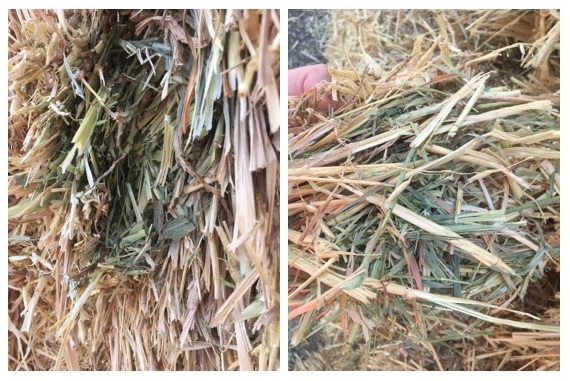Seasonal Update
Most parts of Victoria continue to enjoy a fantastic winter seeding time. These regions have some rainfall forecast this coming week. These areas are also starting to experience winter-like conditions, meaning the green feed will begin to burn off.
Much cooler days and some light frosts have fallen in the area. As conditions turn cool and wet, the need for good quality roughage for cattle producers may be much sooner this season. The region is still very green, and growth is favourable in the region.
Many cereal hay crops in the Mallee have germinated and hay crops west of Warracknabeal are 70 per cent germinated.
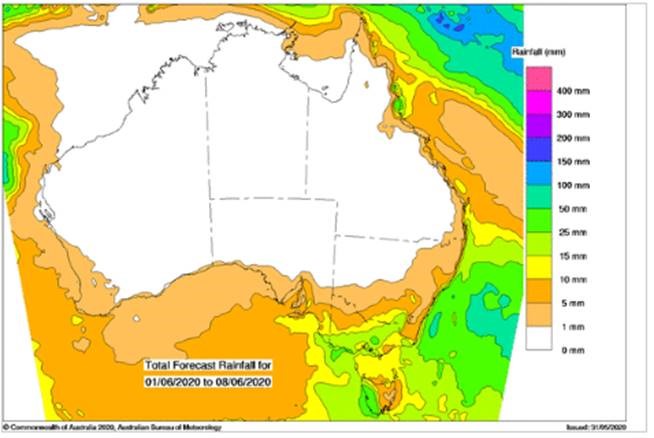
Figure 1. BoM 8-Day Rainfall Forecast.
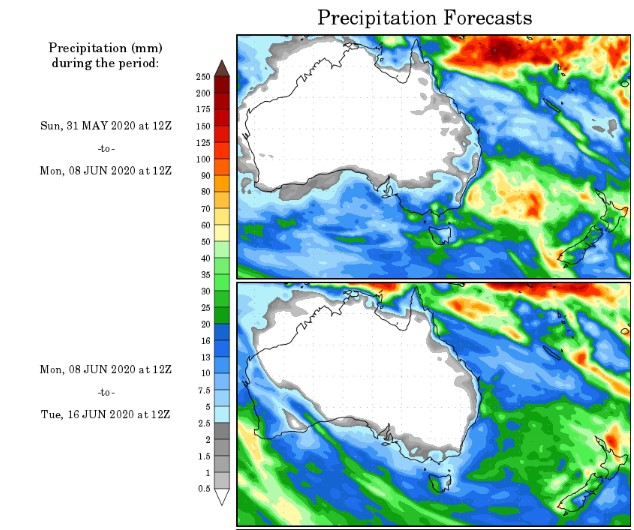
Figure 2. Farm Online Maps Precipitation Outlook.
Trading and Marketing
Victoria
The theme across the whole country is “no demand and no movement”. By no means is this a negative scenario, rather a period of time where the market is realigning the supply and demand fundamentals. Enquiry is slow, there is no hay moving from the region compared to the previous two months ago.
The Goulburn and Murray Valley have had another week of perfect conditions for winter seeding and most farmers are three quarters of the way through. The area received between 30 and 50ml’s of rain a week ago. Growers have started topdressing canola this past week.
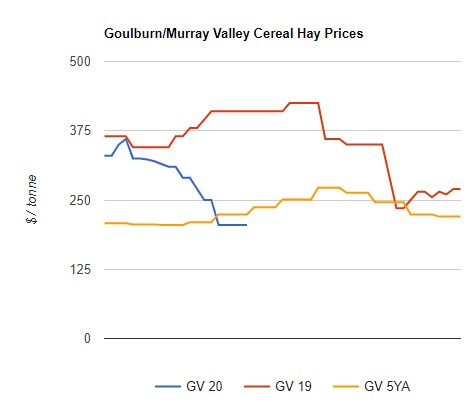
Figure 3. Cereal Hay Values Into the Goulburn Valley.
All prices in Victoria remain steady this week too.
| Change | per t | ||
| Cereal hay | +/- $0 | $190-220 | Steady |
| Lucerne hay | +/- $0 | $330-400 | Steady |
| Straw | +/- $0 | $80-100 | Steady |
| Pasture hay | +/- $0 | $250-330 | Steady |
Western Australia
There was so much hope for widespread rain once the cyclone made land during the past week. Sadly, it brought mostly damaging winds causing severe soil erosion along the northern wheat belt.
Recorded rainfall for the West ranged between 5 and 20ml’s. More rain is forecast over the next few days but nothing significant is promised at this stage. Southwest Western Australia will be continually looking for rainfall over the coming month to push new season crops along.
The wheat belt is busy with winter plantings of oats and wheat for new season hay. While the Margaret River area has been updating pastures with rye and clover plantings.
Domestic demand has slowed in Southwest Western Australia. Many are trying to get by on what feed they have as domestic prices are regarded as too expensive. There is very little hay or straw left that is not spoken for in Western Australia. Straw, lucerne, and pasture are difficult to source.
All prices in Western Australia remain steady this week too.
| Change | per t | ||
| Cereal hay | +/- $0 | $320-370 | Steady |
| Lucerne hay | +/- $0 | $450-490 | Steady |
| Straw | +/- $0 | $120-140 | Steady |
| Pasture hay | +/- $0 | $200-220 | Steady |
South Australia
Southeast South Australia has received enough rain to keep things progressing along nicely. Farmers are now coming to the end of winter planting and everything is on track for a favourable season.
Demand remains flat in southeast South Australia. There has been some nervous selling potentially feeling that any old and damaged stocks need to be moved before a flood of new season hay comes onto the market in the spring. Demand will creep up as it does for most areas when feed is needed to carry over stock during the cold months.
All prices in South Australia remain steady this week too.
| Change | per t | ||
| Cereal hay | +/- $0 | $270-300 | Steady |
| Lucerne hay | +/- $0 | $380-500 | Steady |
| Straw | +/- $0 | $100-140 | Steady |
| Pasture hay | +/- $0 | $200-250 | Steady |
Pictures of New Season Crops
Hay: Oaten Hay SP (JC-2)
Specifications: Feels crunchy soft, very minimal amount of weather damage spots/ stains, minimal brome, 3% Barley, sweet and fresh aroma, >1% Rye Grass, JC-1 Super colour (95% Green) and JC-1 Super stem size (<5mm)
Location: Nhill, VIC 3418
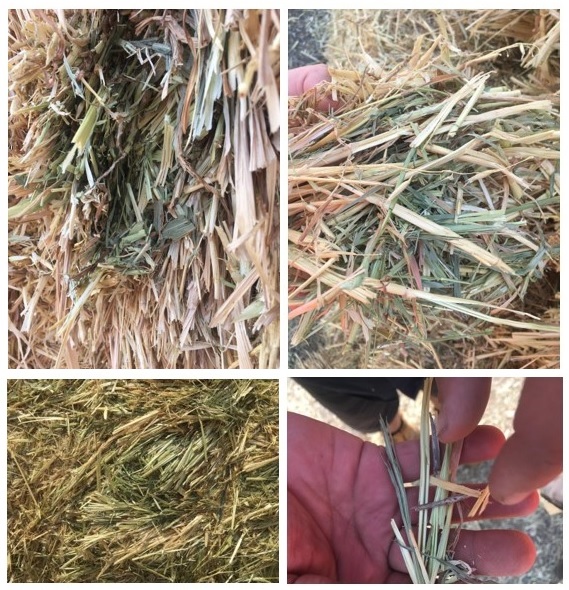
Sources: Bureau of Meteorology, Dairy Australia, WX Maps, Lachstock Research, Weekly Times, Grain Central, Mecardo Expert Market Analysis, Feed Central, and Wingara AG.
By Katie Lindkvist, Wingara AG.

